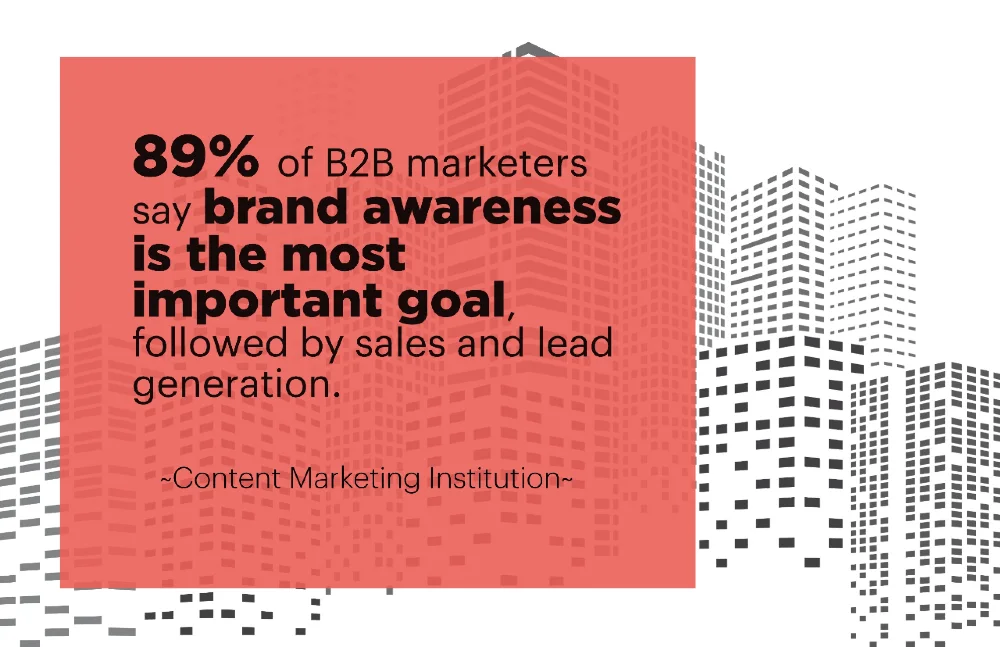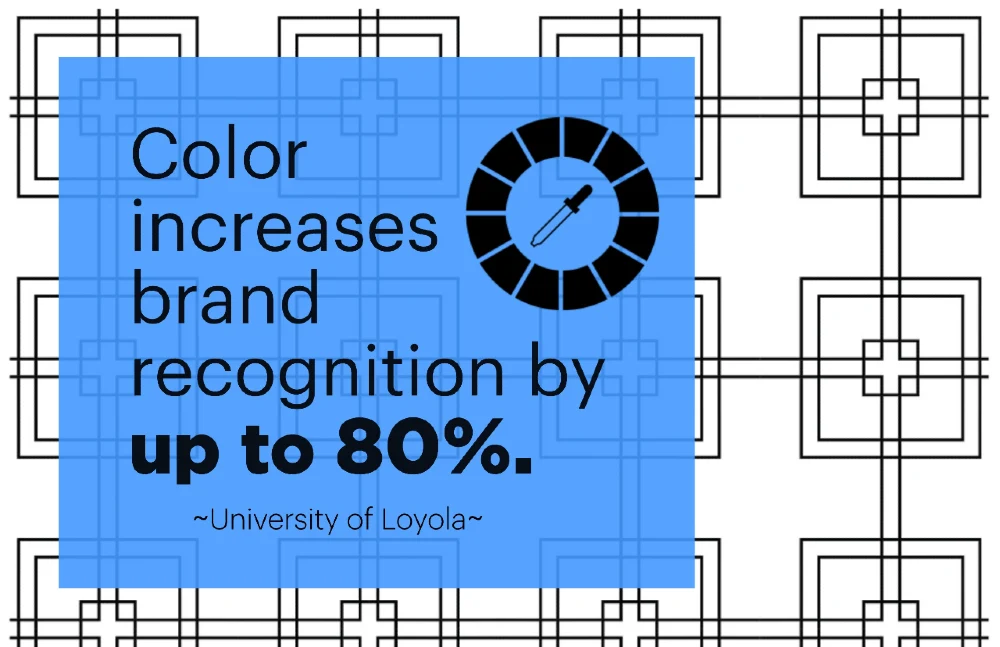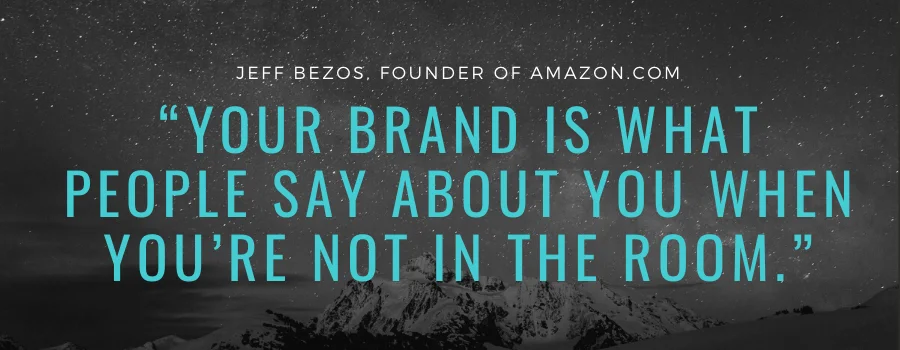Becoming an online marketer means you have the added weight of trying to connect with your target audience in an often sterile, faceless, nameless environment.
Many consumers are used to dealing with nothing more than a domain name and product image online, but if you can go the extra mile and build a brand and a connection to your customer, you’ll easily be able to dominate in your chosen niche.
There are basically seven elements you can incorporate into your brand building strategy. We’re going to go over all of them and then you can analyze your own efforts and see where you’re doing things right, and where you need to step up your game.
The Right Name
When you’re working online, you walk a fine line between developing a catchy name and one that’s easily findable and recognizable. By recognizable, we mean a name where the reader instantly knows what your business is all about.
For example, look at the comparison of these domain and business names and see which one you feel is a better option for online marketing:
- YelpWhisperer.com versus StopDogBarking.com – First, who uses the word “yelp” these days unless you’re writing restaurant reviews? Secondly, dog barking is a more common phrase than yelping, so your search traffic volume might be a bit higher. At the very least, people won’t have to wonder what the site is about.
- BillowOfBad.com versus SecondhandSmokeDanger.com – The first name is vague and odd. Billowing usually describes smoke, but the whole domain name is confusing at first glance. The second one is blunt and obvious to the consumer.

Does this mean you can’t have a catchy, non-obvious name? Not at all. But if you decide to go that route, and choose something where it’s not obvious, then you need to be prepared to increase your branding even more so that people associate the name with what you want them to.
Ideally, you’re going to want your domain name to be the same as your business name – so you want to keep it as short as possible. The more opportunities for mistakes that there are, the higher the chance someone will type it in wrong and not be able to get to your site.
Your name doesn’t always have to be a company name, either. You can use your personal name and brand that if you want to. Many marketers do that online – and it works just fine!
Look at people like:
- Tony Robbins
- Oprah Winfrey
- Oz
Those are all brands – but they’re built around a person’s name. And just because you don’t have your own TV show or aren’t putting on global seminars, doesn’t mean you can’t brand your name, too.

A Well-Branded Design
Your online design will say a lot about who you are as a company and a brand. Let’s take the IM niche as an example first. You can land on two blogs – one has ads crammed into every space on the blog.
You have sidebar ads, ads under the header, pop-up and exit ads, text hyperlink ads, and more. Your whole experience is spent dodging pop-ups and being blinded by flashing banners.
The other blog is clean with content being the main focal point. There might be a bit of advertising going on, but they don’t draw attention away from the content – they just supplement it.
Just the design and layout of your online site tells a lot about your intentions. Blog #1 is out to make money by pushing whatever they can on you. Blog #2 is there to serve.
You want your design to be obviously related to the niche, just like you’ve done with your brand name and domain. If it’s in the diet niche, for example, then you might incorporate these into your design:
- Fresh, clean colors (motivational, not dark)
- Fruits and vegetables
- A tape measure
- Images of happy, smiling, trim and fit individuals
You can have something created specifically for you – not a template – if you hire a good graphics designer. They can also make sure that everything you use design-wise online matches, so that you’re branding across the board. That includes:
- Your blog theme
- Your squeeze page
- Your Facebook cover
- Your Twitter background and profile header
- Your YouTube page…and more.
Think about how you want your brand to come across. Do you want to be fun and silly or serious and professional? Your design and graphics should reflect that.
Strong Tagline
A tagline is your motto of sorts. It’s what you want to be known for. It’s typically worked into your WordPress blog profile so that search engines pick it up, but it also can be integrated into your graphic design.
For example, your header image on your blog can include your tagline, as can your Twitter profile’s background or your Facebook cover image. What should your tagline say?
It should be a reflection of what values you hold dear – of what your business or products will provide to the customer. It’s how you act and how they should perceive you.
Here are some examples of taglines:
- Think Outside the Bun – Taco Bell – This tagline urges people try something different. They’re saying they’re unique. Better. More qualified.
- Just Do It – Nike – No excuses. This company is all about serious athletes, not part-time procrastinators.
- Because I’m Worth It – L’Oréal – Gives off an air of upscale indulgence, even though it’s not from a spa – it’s an over-the-counter product.
Think of a tagline – the shorter, the better – that you can use everywhere online to help brand your business with the right mindset. It’s okay if you don’t cater to everyone – in fact, it’s better to weed out your non-audience.
You want to attract the right people to your brand. If you’re sarcastic, you want people who appreciate that – not people who will constantly complain about that to everyone online.

What Will Your Voice Say About Your Brand?
Your voice will say a lot to the public online about what your brand is all about. You’ll be creating conversational content online – not sterile, college papers for your readers.
- Will you be argumentative?
- Call people or competitors out?
- Will you be gentle and motivational?
- Maybe a mix of the two?
Figure out what you want your voice to be like online.
This may mean you have to tone down your personality. For example, if you’re usually sarcastic but online, it comes across as rude, and you don’t want that, then you can change it. Or, you might have to ramp up your personality a bit if you’re typically shy and reserved.
Secure Your Brand With Heavy Socialization
If you don’t brand yourself online, someone else will brand you. You never, ever want to leave that up to chance because people are actually more likely to speak up when they have a negative experience than when they have a positive one.
There are at least six areas where you have to socialize your brand online. Let’s start with your blog. It’s up to you to engage in conversations with your blog readers. Ask them to leave comments and then respond to each one.
Try to secure some guest blogging opportunities where you go out in front of another blogger’s audience and build a relationship and brand yourself in front of them. Again, carry on conversations with them in the comments section.
In your niche’s forums, you can brand yourself online. First, do it by posting and commenting with very valuable, helpful commentary. Don’t post a lot of “me too” posts just to get your post count up.
Make sure you use a signature file with your site links and your tagline, so people instantly know how you tend to perceive your business and how they should, as well.
Get a Twitter account for branding purposes. Twitter allows you to brand in several ways – with your 140-character Tweets, where you can share your voice and message – but also with your background image and header profile graphic on your Twitter page.
Use Facebook as well. Facebook can send you a ton of traffic – and you get to interact directly with your audience and let them share your branding message with their own contacts.
YouTube is excellent for branding purposes – or any video platform for that matter, but YouTube is the most popular one. You can get on camera (or at the very least use screen capture and record your computer screen while you talk and give them audio of you).
Sometimes, hearing your voice and seeing your mannerisms can say a lot about your branding – things that plain text on a computer screen just can’t convey. It works both ways though – if you’re monotone and boring, then it might damage your brand, so make sure you practice.

Branding Through Email Marketing
Email marketing is a tool that your customers allow you to use to brand yourself to them. They’re giving you permission to access their lives on a regular basis, rather than you having to wait for them to contact you.
You want to stay in touch often enough that they don’t forget you, but not several times a day that you become an annoyance. Email them whenever you have something worth sharing.
It helps if you position yourself as a marketer who is always on the cutting edge of your niche. It’s very easy to do – you just keep an ear to the ground and know what’s coming out about your topic.
Sign up for Google Alerts for keywords in your niche. Check on Google daily to see what the buzz is. Type in your niche, such as “ant aging” and then click on the News category and maybe the blog category, too – to see what’s being said that day.
You can then use a news story or other blog as curated content (where you take a snippet, link back to the original article, and add your own commentary about it).
Branding campaigns are on-going efforts – not something you’ll set up once and then abandon once it’s done. You want to evolve with whatever social web 2.0 sites get launched, and remain aware of where your target audience can be found.





